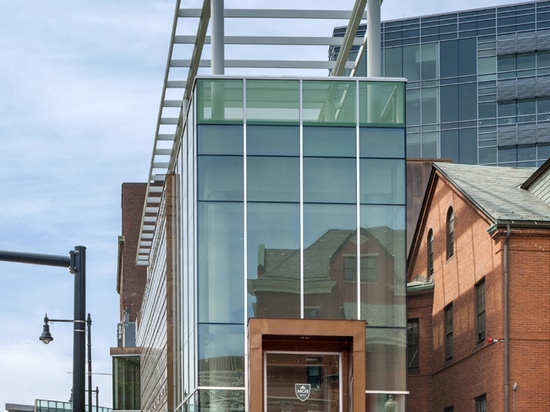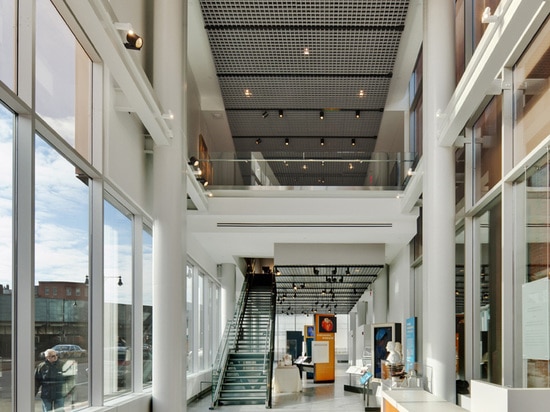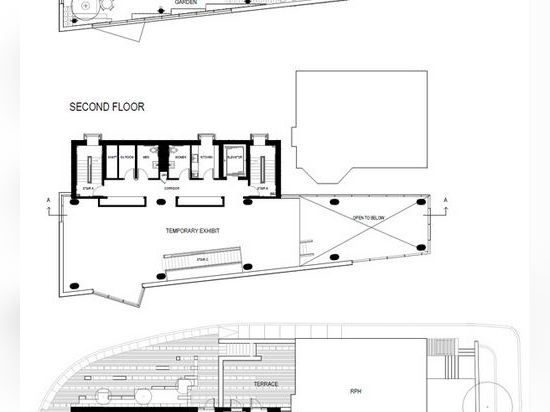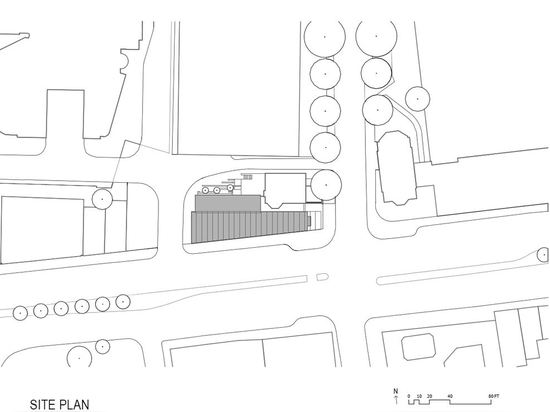
#PUBLIC ARCHITECTURE PROJECTS
Paul S. Russell, MD Museum of Medical History and Innovation
Boston's Massachusetts General Hospital was founded in 1811, when the United States could boast of only two hospitals.
Two centuries later that number exceeds 5,000, and medical facilities are one of the few building types booming during the economic slowdown. A small addition to Mass General is the Paul S. Russell, MD Museum of Medical History and Innovation, which celebrates the institution's 200th birthday and gives it a public face that is also a cultural amenity for Boston. Architects Leers Weinzapfel provided us with some text and images for the project.
The new Massachusetts General Hospital Paul S. Russell MD Museum of Medical History and Innovation is located on a prominent site at the entry to its downtown Boston campus and showcases the medical achievements and culture of the hospital and its place in the community. The museum reflects the history and evolution of medicine and surgery as well as the science and research that support their development.
The new 8,000 sf building includes reception and orientation space, a core exhibition gallery, changing exhibition gallery, media and theater space, hands-on learning and simulation lab, hospital archives with adjunct spaces, and related administration space. The museum features an occupiable green roof and pergola, copper exterior enclosure and copper colored fritted glass.
The institutional goals for the museum are to provide a historical and educational portal to the public; mark the 200th anniversary of MGH; provide a central resource for MGH clinicians and research scientists; and to create a distinguished front door for the hospital.
Green roof and pervious site paving and planting absorb storm water and reduce the heat island effect
High performance exterior envelope and glazing are highly insulated yet provide natural daylighting of interior spaces; the two combine to reduce heating loads, cooling loads, and artificial lighting
Careful site lighting design uses cut-off luminaires to minimize night sky light trespass while ensuring adequate lighting for safety and security
The copper chosen for the exterior siding typically has a recycled content between 80 and 95%, is durable and long-lived, maintenance free, and recyclable





